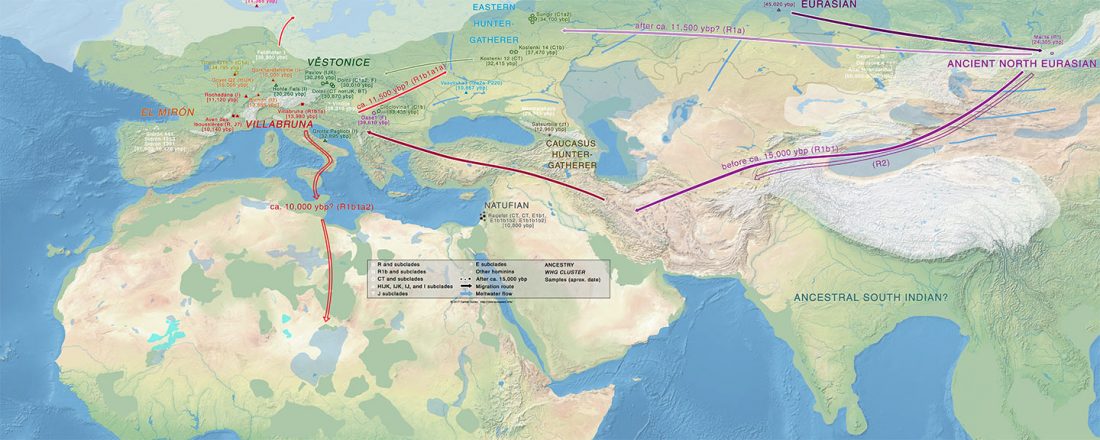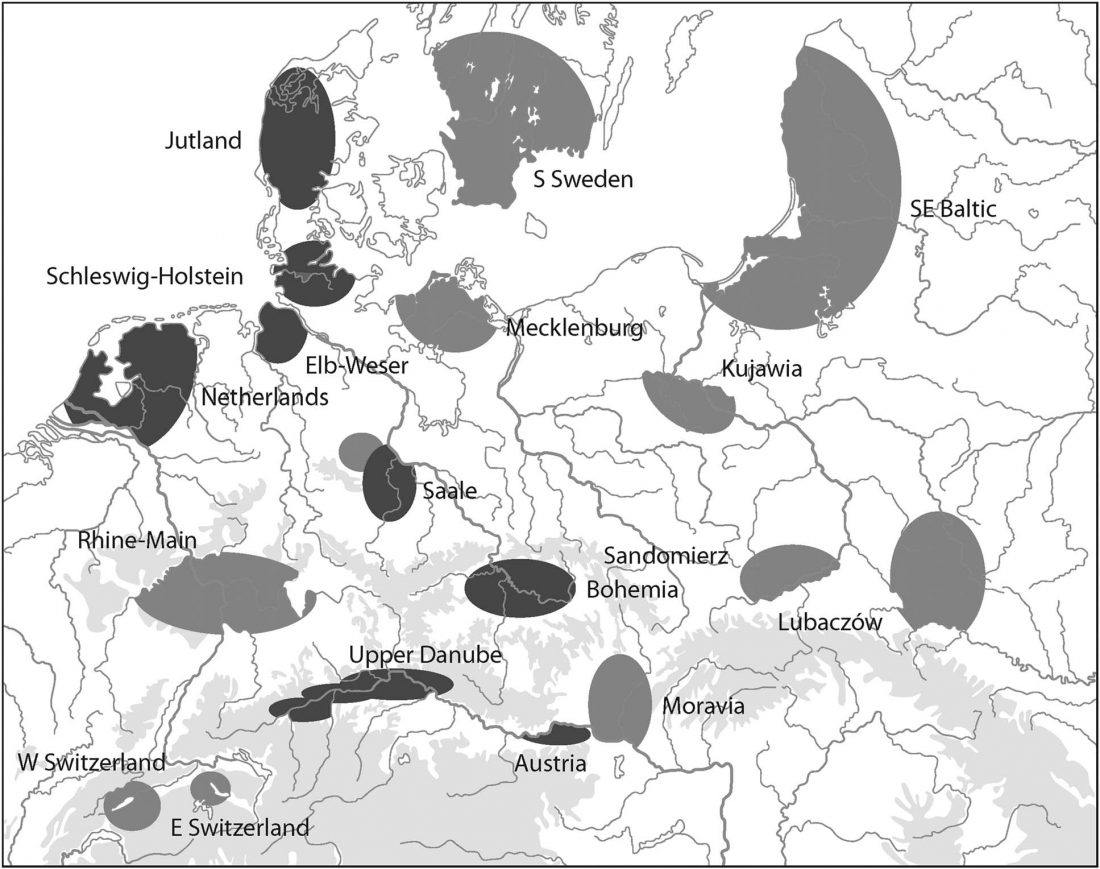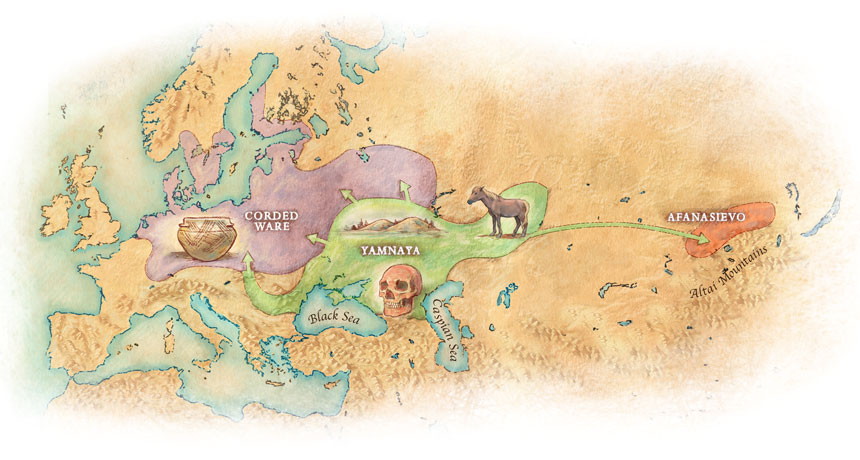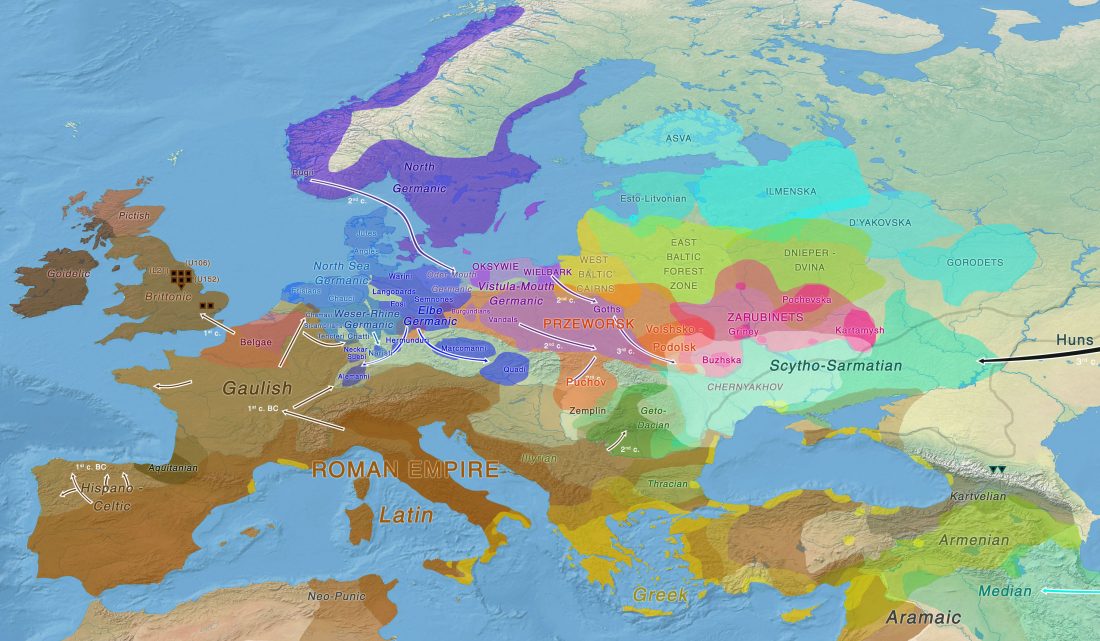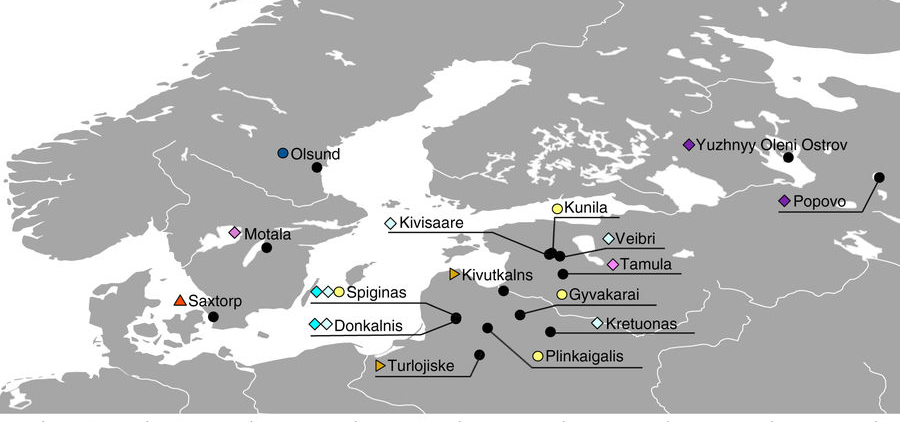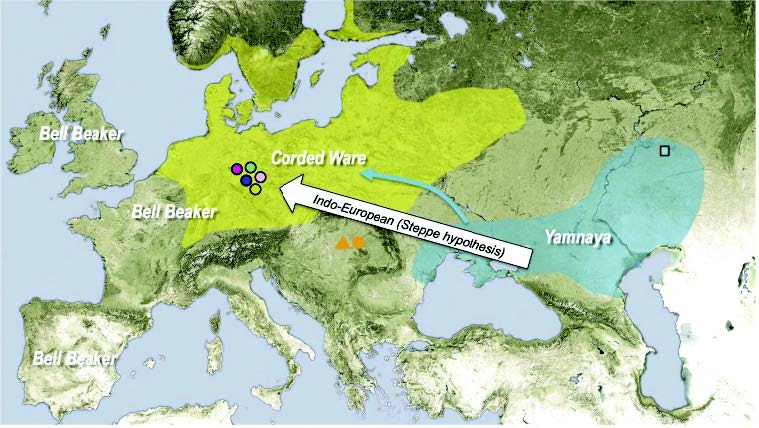R1b-V88 migration through Southern Italy into Green Sahara corridor, and the Afroasiatic connection
Open access article The peopling of the last Green Sahara revealed by high-coverage resequencing of trans-Saharan patrilineages, by D’Atanasio, Trombetta, Bonito, et al., Genome Biology (2018) 19:20.
Abstract:
… Read the rest “R1b-V88 migration through Southern Italy into Green Sahara corridor, and the Afroasiatic connection”Background
Little is known about the peopling of the Sahara during the Holocene climatic optimum, when the desert was replaced by a fertile environment.Results
In order to investigate the role of the last Green Sahara in the peopling of Africa, we deep-sequence the whole non-repetitive portion of the Y chromosome in 104 males selected as representative of haplogroups which are currently found to the north and to the south of
